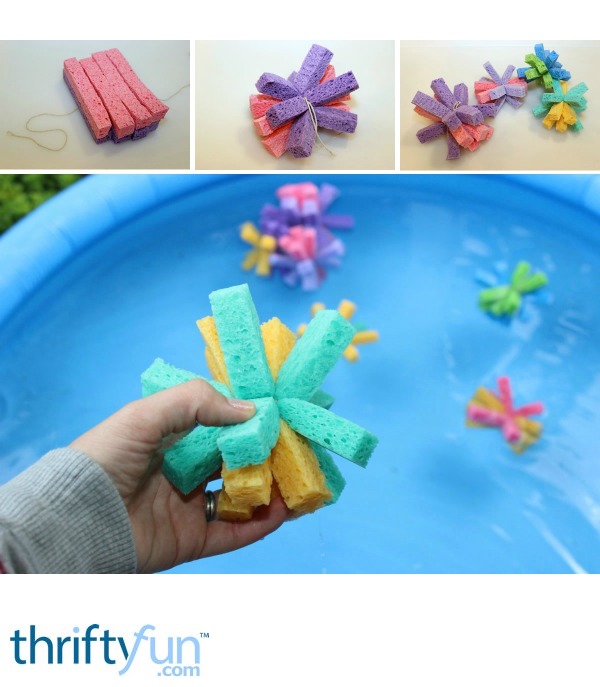

Your toddler is getting good at figuring out how objects in her world work-like television remotes or light switches. Give your child the chance to play with “real” stuff-or toys that look like the real thing. Boxes become houses, pirate ships, barns, tunnels-anything your child’s imagination can come up with! (Call an appliance store about picking up one of their refrigerator boxes). The all-purpose large cardboard box is always a big hit for toddlers and is free. Examples: Dress-up clothing, blocks, toy food and plastic plates, action figures, stuffed animals and dolls, trains and trucks, toddler-friendly dollhouses, toy tools, and “real-life” accessories such as a wrapping paper tube “fire hose” for your little fire fighter.Pretend play builds language and literacy skills, problem-solving skills, and the ability to sequence (put events in a logical order). Look for toys that your child can use as he develops and acts out stories. Look for toys that spark your child’s imagination.ĭuring your child’s third year, his creativity is really taking off as he is now able to take on the role of someone else (like a king) and imagine that something (like a block) is actually something else (like a piece of cake).

Examples: Puzzles, shape-sorters, blocks, nesting blocks or cups, art materials like clay, paint, crayons or play-dough.They also help children develop spatial relations skills (understanding how things fit together), hand-eye coordination, and fine motor skills (using the small muscles in the hands and fingers). Toys that give kids a chance to figure something out on their own-or with a little coaching-build their logical thinking skills and help them become persistent problem-solvers. Play gives children the chance to practice new skills over and over again. Select toys that encourage exploration and problem-solving. Examples: Plastic toy animals and action figures, toddler-friendly dollhouses, trains and dump trucks (and other vehicles), stuffed animals and dolls.For example, small plastic animals are fun for a young toddler who may make a shoebox house for them, while an older toddler can use them to act out a story she makes up. You can guard against that by looking for toys that can be fun at different developmental stages. We all have had the experience of buying a toy that our child plays with for two days and never touches again. Look for toys that will grow with your child. Examples: Blocks, interlocking blocks, nesting blocks or cups, and toys for sand and water play.Toys like this spark your child’s imagination and help him develop problem-solving and logical thinking skills. For example, wooden blocks or chunky plastic interlocking blocks can be used to make a road, a zoo, a bridge, or a spaceship. Choose toys that are “open-ended” in the sense that your child can play many different games with them. Toddlers love to take apart, put back together, pull out, put in, add on, and build up. Olesia Bilkei / Shutterstock Choose toys that can be used in a variety of ways. Guidelines for Choosing Toys for Toddlers How do you choose which are right for your child? How can you tell which are high quality and which will last? Which will engage your child’s interest for more than a few days or weeks? Below are some ideas for choosing toys that will grow with your child, challenge her, and nurture her overall development (her thinking, physical, language and social-emotional skills). There is a huge array of toys that have been developed for the toddler market. While it may seem like choosing toys for toddlers should be easy, as you walk into a toy store today, the only thing that’s easy is feeling overwhelmed. The toys and playthings your child has available to her can shape her development in important ways. Play gives your child a great opportunity to develop and practice new skills at her own pace by following her unique interests. Toddlers are little explorers who learn by doing. How do you choose which gifts are right for your child? This article offers some ideas for choosing toys that will grow with your child, challenge her, and nurture her thinking, physical, language, and social-emotional skills.


 0 kommentar(er)
0 kommentar(er)
